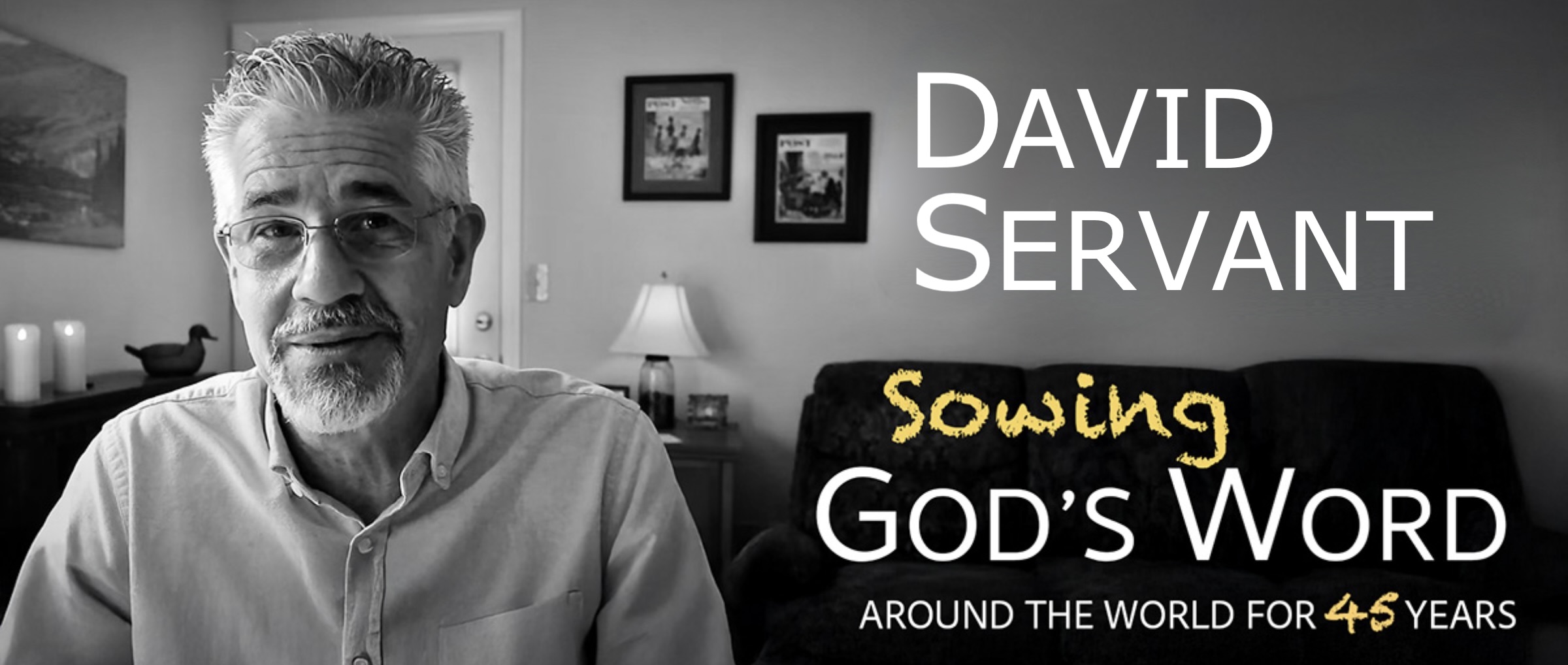Whenever possible, we should also consider the cultural and historical context of the scripture passages we are studying. Knowing something about the unique aspects of the culture, geography and history of a biblical setting often helps us to gain insight we might otherwise have missed. Of course, this requires some help from books besides the Bible. A good study Bible usually will contain help in this area.
Here are a few examples of how historical or cultural information can keep us from confusion when reading the Bible:
1.) We sometimes read in Scripture of people going up on housetops (see Acts 10:9) or digging through roofs (see Mark 2:4). It helps to know that roofs were generally flat in Israel in Bible days, and that there were stairways on the outside of most homes that led up to those flat roofs. If we don’t know that, we might imagine some biblical character on a rooftop straddling the roof peak and clinging to the chimney!
2.) We read in Mark 11:12-14 that Jesus cursed a fig tree because it had no figs, even though “it was not the season for figs.” It helps to know that fig trees usually have a few figs on them even when they are out of season, so Jesus was not unreasonable in His expectation.
3.) We read in Luke 7:37-48 about a woman who entered a Pharisee’s house where Jesus was dining. Scripture says that as she stood behind Jesus weeping, she began to wet His feet with her tears, wipe them with her hair, and kiss and anoint them with perfume. We wonder how such a thing could be accomplished as Jesus was sitting around a table eating. Did she crawl under the table? How was she able to get though the legs of all the other diners?
The answer is found in Luke’s statement that Jesus was “reclining at the table” (Luke 7:37). That is, the customary way of eating in those days was to lie on one’s side on the floor around a low table, propping oneself up with one arm and feeding one’s mouth with the other arm and hand. In this posture was Jesus adored by the woman.
This also helps us understand how John could lean against Jesus’ breast at the Last Supper to ask Him a question. John was lying on his side with his back facing Jesus, and he simply leaned back on Jesus’ breast to discretely ask his question (see John 13:23-25). DaVinci’s famous painting of the Last Supper, which shows Jesus seated at a table with six of His disciples on either side, reveals the painter’s biblical ignorance. He needed some historical context!

